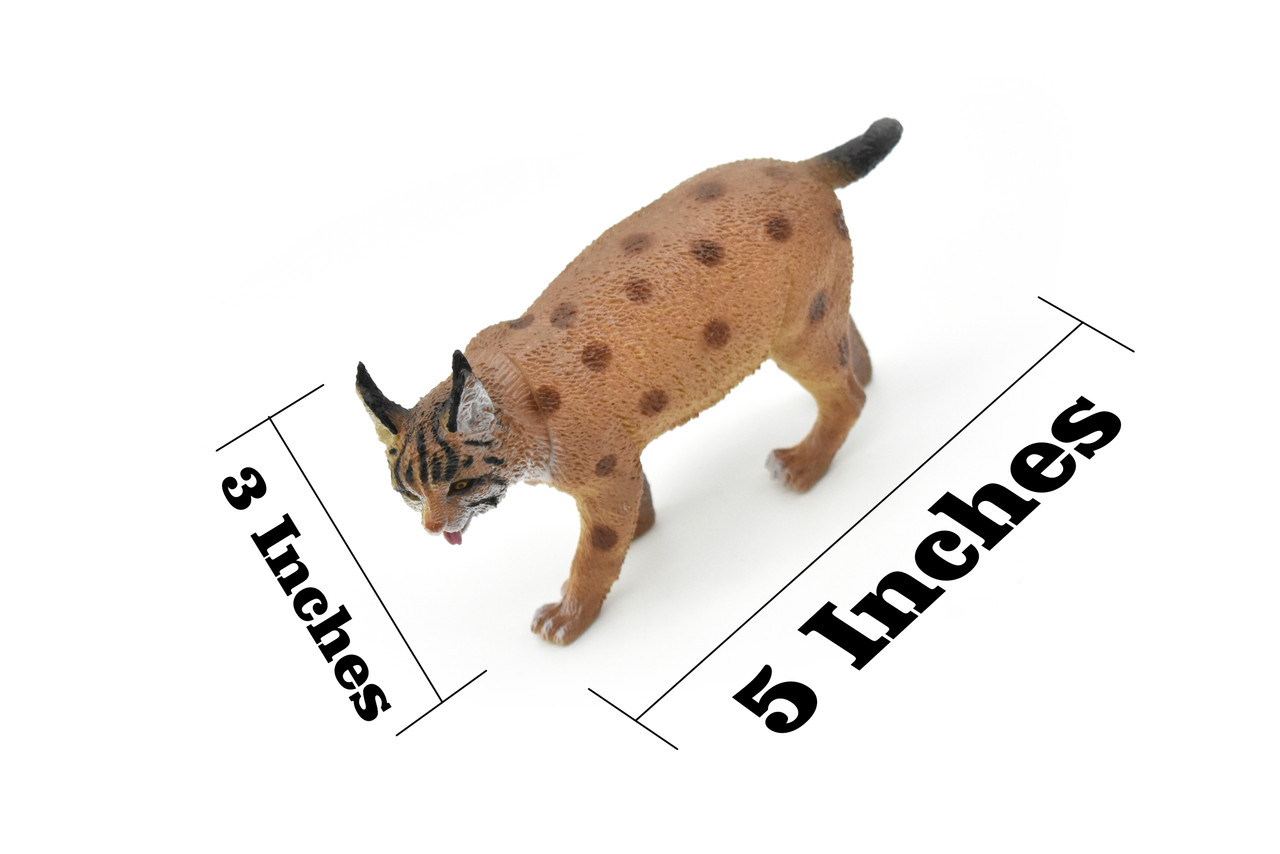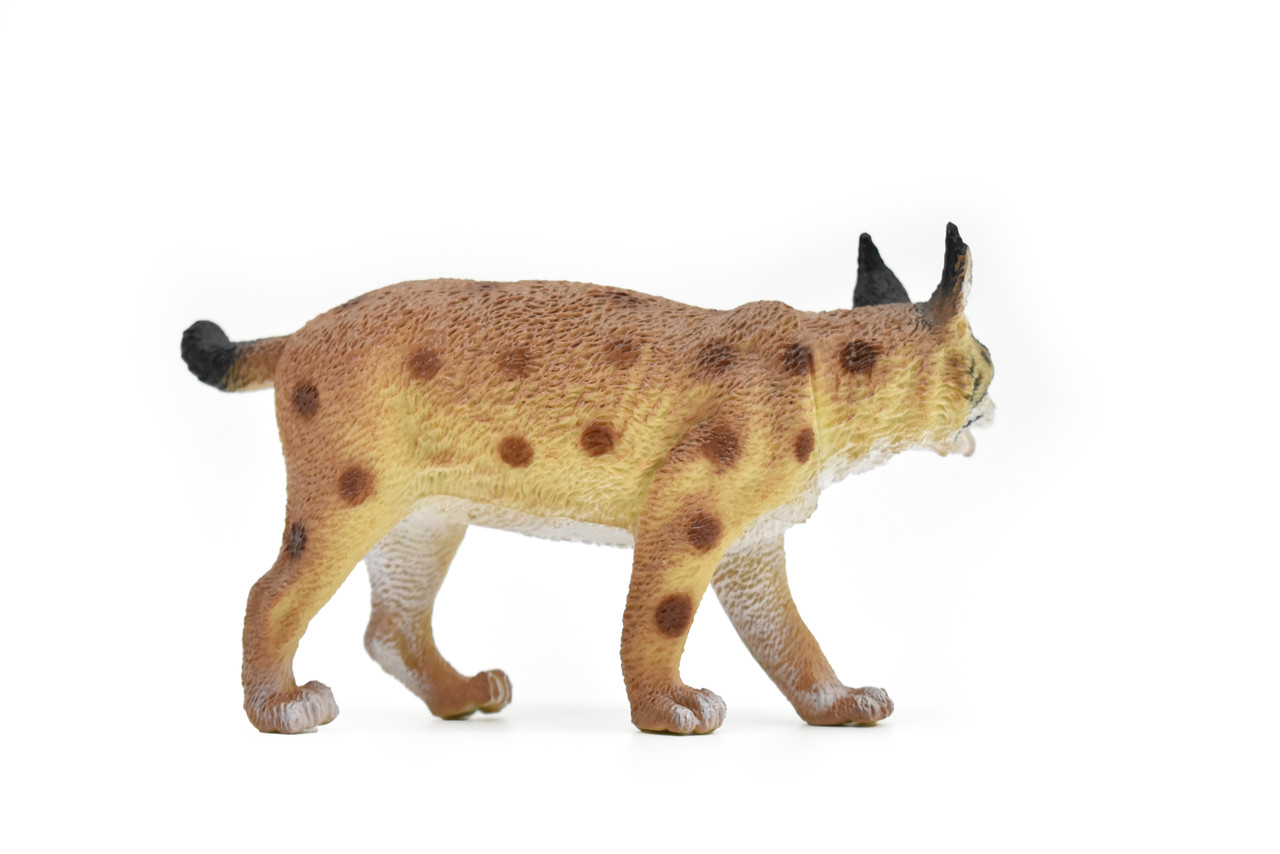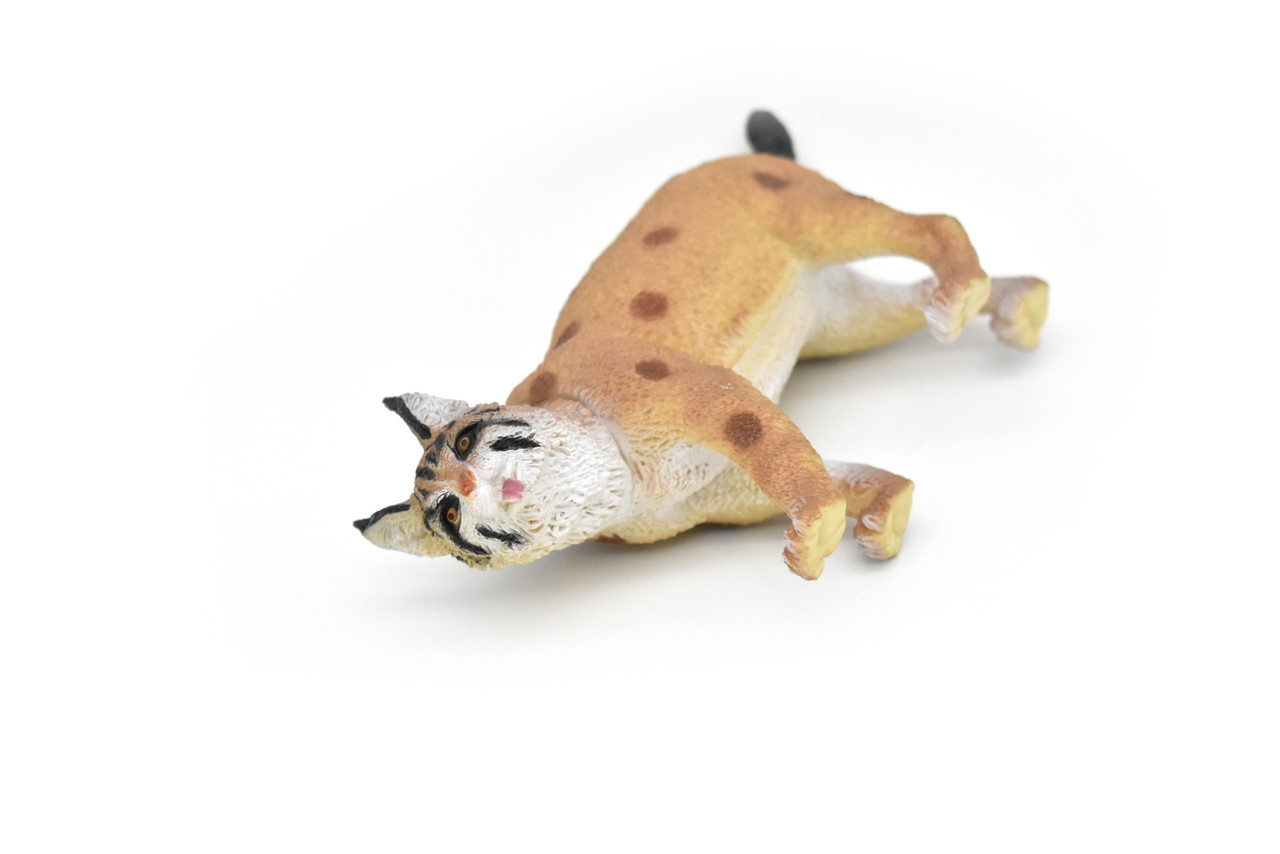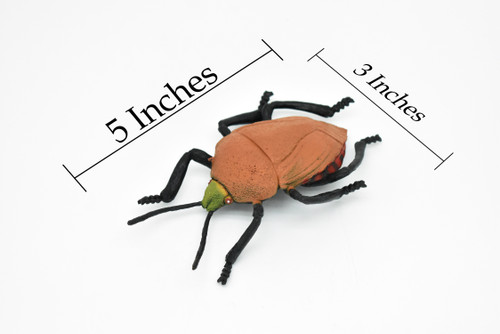Product Description
Our Plastic Lynx Toy This lynx toy or figurine is made of hollow, sturdy plastic, which makes it extremely durable. It is 5 inches long from nose to tail and 2 1/2 tall to its back. The pointed ears add another 1/4 inch in height. You can enjoy its lifelike details while learning about these beautiful wild cats. This replica has sculpted yellowish fur with a few spots and a realistic pose. The face and head have interesting black and white markings, and the lynx seems to be either panting or hissing with its tongue out. Put the lynx in a diorama or a woodland scene on a piece of driftwood with a few other plastic forest animals for a rustic decoration. Be sure to see our other bobcat and lynx items as well as all of our cat toys and gifts. You can also find other plastic animals for your North American diorama here.
What is the Difference between a Lynx and a Bobcat? Canada lynx (Lynx canadensis) and bobcats (Lynx rufus) are different species of medium-sized cat in the same genus (Lynx). (Some scientists classify both under the general genus name for cats: Felis.) They look similar, but there are differences that identify them. The lynx has a black tip on its tail, while the bobcat's tail is striped with black and has solid black only at the very end. The bobcat also has white on the underside of its tail tip. A lynx has black tufts on its eartips and it has larger feet for walking in snow. The lynx's ear tufts are long and pointed, while those of the bobcat are shorter. Bobcats also have shorter legs and more visible spots on the body. The legs of the bobcat are about equal in length, while the lynx has an unusual profile created by its very long hind legs causing its hips to be significantly taller than its shoulders. Bobcats tend to be more secretive than lynxes, while lynxes will spend more time in the open.





















